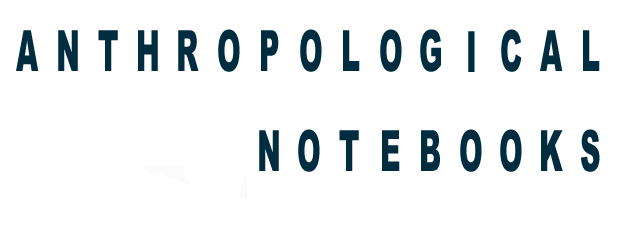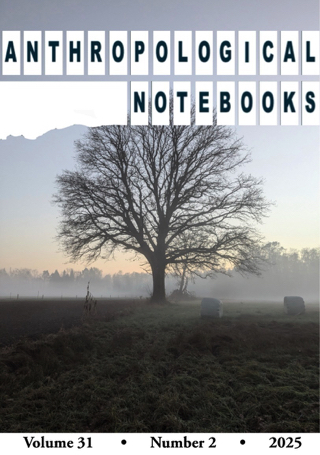The agency of genocide victims in the lives of their relatives: Ethnographic study of the Katyn Massacre’s impact on the biographies of widows and orphans
Abstract
Katyn widows and orphans are categories referring to two generations: the wives of Katyn Massacre victims (widows) and their children (orphans). Their lives were irrevocably shaped by the genocide and the consequent absence of approximately 22,000 husbands and fathers, including Polish Army officers, policemen, and reservists such as ci-vil servants and teachers. These men met a sudden death in 1940, executed by the NKVD (Narodnyy komissariat vnutrennikh del) with a shot to the back of the head and buried in death pits in the forests of Katyn, Mednoye, Piatykhatky, Bykovnia, and Kuropaty, located in present-day Russia, Ukraine, and Belarus. Characterized by features of genocide the Katyn Massacre can be understood within the framework of Philippe Ariès’ concept of mors repentina, which forms the core analytical lens of this article. Another inspiration is Ewa Domańska’s concept of discrimination against death and the dead bodies, which is negated by the researched agency of Katyn Massacre victims in the lives of their relatives. Drawing on ethnographic material—mainly in-depth interviews with descendants of Katyn Massacre—the authors examine the biographies of Katyn widows and orphans through the lens of the dead’s enduring presence (forms of commemoration of the victims) in the lives of these two generations. The Katyn Massacre and its difficult legacy influenced the way the posthumous presence of the victims was experienced by Katyn widows and orphans.
Downloads
Published
Issue
Section
License
Copyright (c) 2025 Anthropological Notebooks

This work is licensed under a Creative Commons Attribution 4.0 International License.


